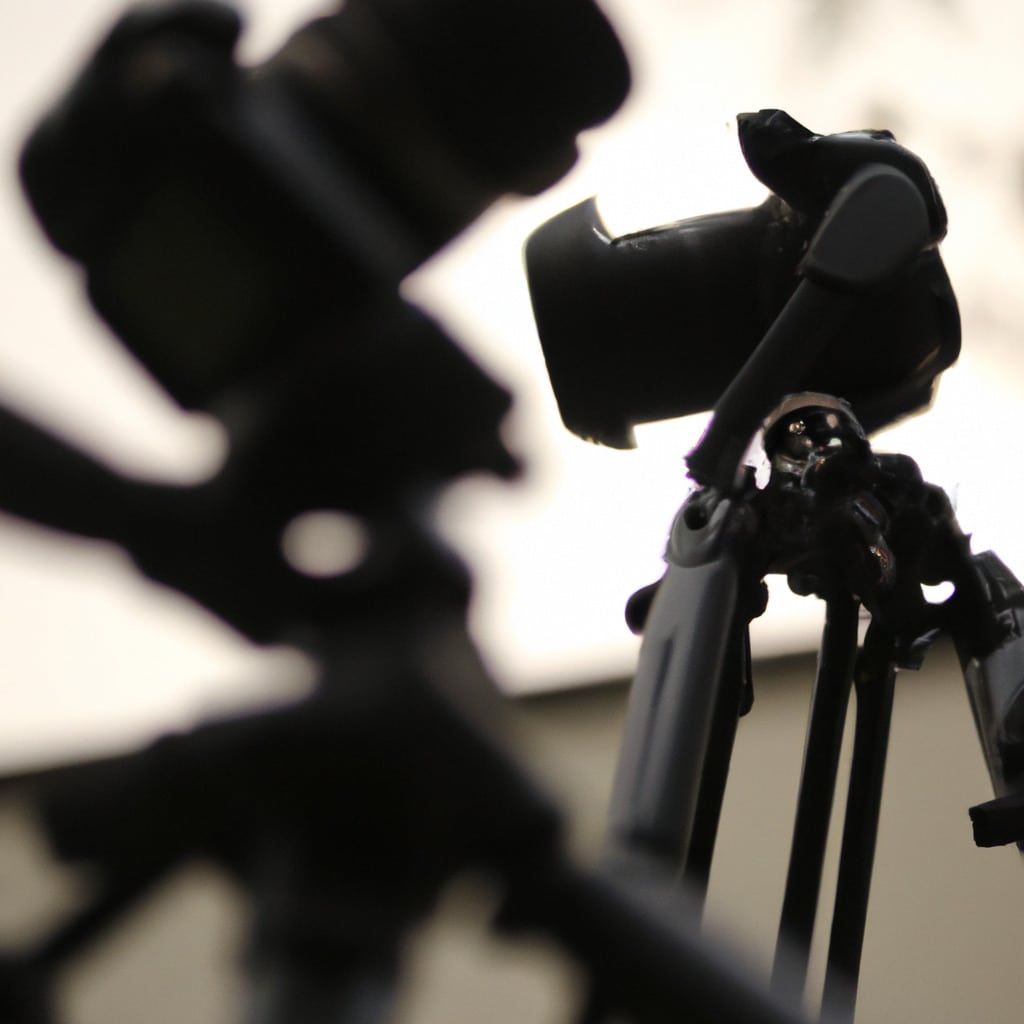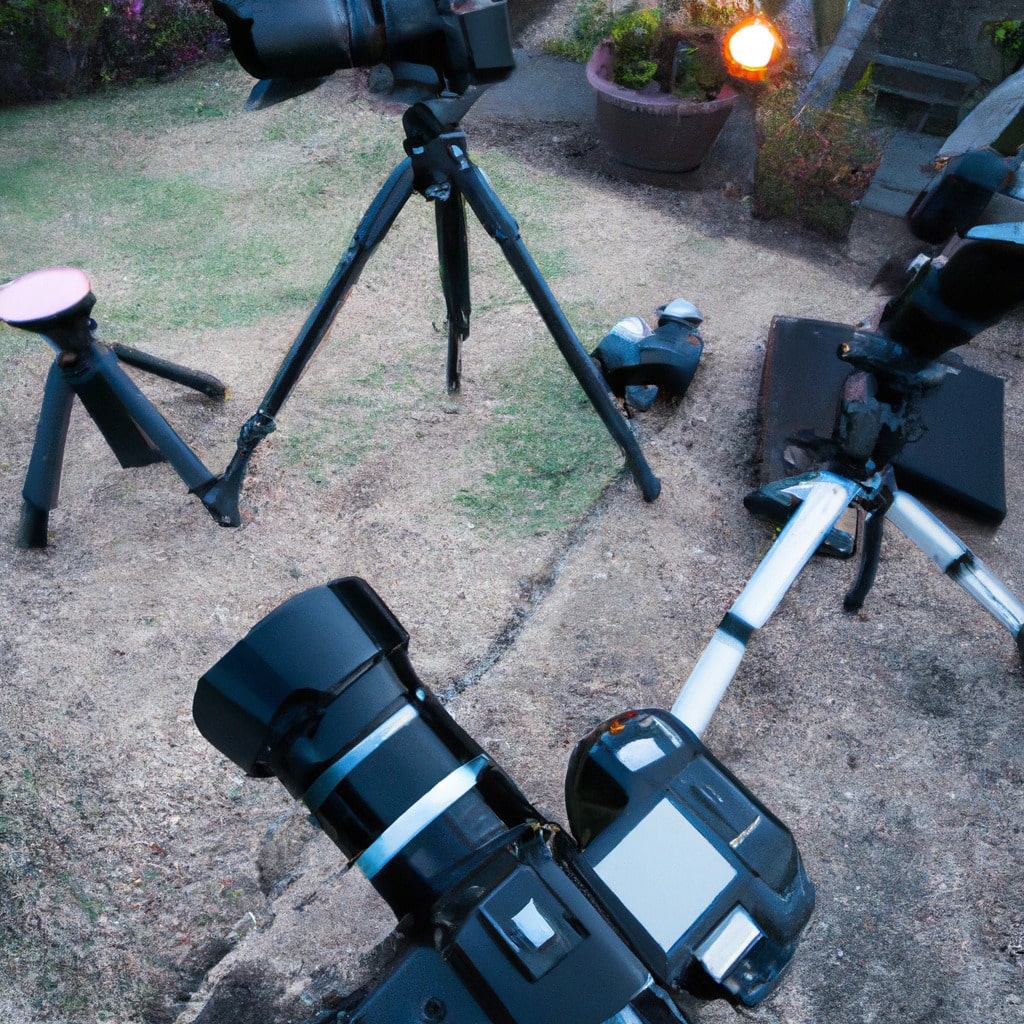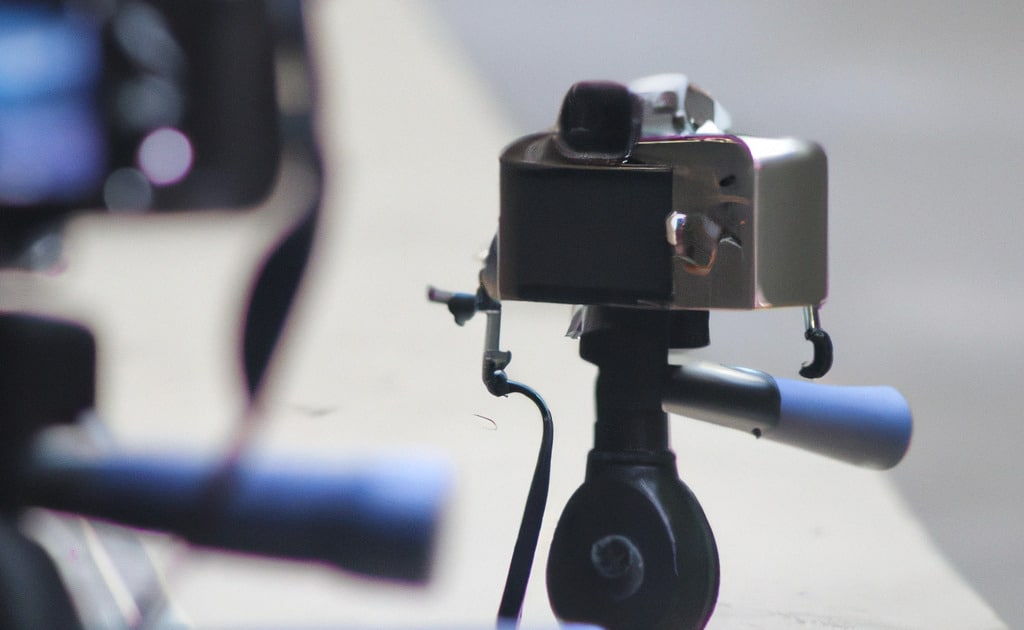Embarking on an outdoor adventure with a camera in hand is an exhilarating experience. The thrill of capturing the world’s beauty in its rawest form is truly unmatched. However, to make the most of this experience, it’s essential to have the right gear. One such indispensable tool is a tripod. But, what should you look for in a tripod for outdoor adventure photography?
Tripods may appear simple, but they are more complex than they seem. They are the unsung heroes of photography, providing stability and precision, crucial for capturing those breathtaking shots. This article will guide you through the labyrinth of choices, helping you select the perfect tripod for your outdoor adventures.
Choosing a tripod is not as simple as picking the sturdiest one. Factors like weight, size, material, and functionality come into play. It’s a delicate balance. The tripod needs to be light enough for travel, yet sturdy enough to withstand the elements. It should be compact for portability, yet tall enough for your needs. It should be made of durable material, yet not break the bank. And, it should have the right features for your photography style.
Let’s delve into the world of tripods. We’ll explore the different types, the pros and cons of each, and the features to look for. We’ll also provide some tips on using your tripod effectively in the great outdoors. Whether you’re a seasoned pro or a beginner, this guide will help you make an informed choice. So, are you ready to find the perfect tripod for your outdoor adventure photography? Let’s get started!
Understanding the Types of Tripods
In the world of tripods, there’s a vast array of options. Broadly speaking, they can be categorized into three types: tabletop tripods, travel tripods, and studio tripods. Each type has its unique characteristics, advantages, and disadvantages. Understanding these can help you make an informed choice. Let’s dive in. Tabletop tripods, as the name suggests, are small, lightweight, and portable. They are perfect for situations where you need a little extra stability but don’t have the space or the need for a full-sized tripod. However, their small size also means they are limited in their capacity to support heavy cameras and lenses. Travel tripods, on the other hand, are a balance between size and stability. They are designed to be compact and lightweight for easy portability, yet sturdy enough to support a DSLR or mirrorless camera with a medium-sized lens. Some even come with features like adjustable legs and center columns to adapt to uneven terrain, making them ideal for outdoor adventure photography. Studio tripods are the largest and sturdiest of the lot. They are designed to support heavy camera gear and provide maximum stability. However, their size and weight make them less suited for travel. So, which type should you choose? It depends on your needs. If portability is a priority, a travel tripod would be your best bet. If you need maximum stability and don’t mind the weight, a studio tripod would be the way to go. And if you need something small and handy for casual shots, a tabletop tripod would do the trick.
Materials Matter: Aluminum vs. Carbon Fiber
When it comes to the material of the tripod, the two most common options are aluminum and carbon fiber. Each has its pros and cons. Aluminum tripods are durable, sturdy, and relatively inexpensive. They are a good choice if you’re on a budget. However, they are also heavier than their carbon fiber counterparts, which can be a drawback for outdoor adventure photography where you’ll likely be carrying your gear around a lot. Carbon fiber tripods, on the other hand, are lighter and more resistant to the elements. They are also sturdier, able to absorb vibrations better than aluminum tripods. This makes them ideal for long exposure shots where even the slightest movement can blur the image. However, carbon fiber tripods are also more expensive. So, is the extra cost worth it? If you’re a serious outdoor photographer who often shoots in challenging conditions and needs a lightweight yet sturdy tripod, then yes. But if you’re a casual shooter or on a tight budget, an aluminum tripod would serve you well.

The Importance of Tripod Heads
One aspect of tripods that often gets overlooked is the tripod head. This component is as crucial as the legs themselves. It’s the part that holds your camera and allows you to adjust its position. There are three main types of tripod heads: ball heads, pan-tilt heads, and gimbal heads. Ball heads are the most common. They allow for swift and smooth movement in all directions, making them ideal for situations where you need to adjust your camera quickly. However, they can be a bit tricky to control precisely. Pan-tilt heads, on the other hand, allow for more precise control. They let you adjust the camera’s position in each axis separately, which can be handy for landscape and architectural photography. However, they are slower to adjust than ball heads. Gimbal heads are designed for heavy telephoto lenses. They balance the weight of the camera and lens, making it easy to move them around. However, they are overkill for smaller lenses. When choosing a tripod head, consider your needs. If you value speed and flexibility, go for a ball head. If you need precise control, a pan-tilt head would be a better choice. And if you often use heavy telephoto lenses, consider a gimbal head.
Height and Weight Capacity: Key Considerations
Two other important factors to consider when choosing a tripod are its height and weight capacity. The height of the tripod can affect your shooting perspective. A taller tripod will give you more flexibility in this regard. However, keep in mind that the stated height of a tripod usually includes the center column fully extended, which can reduce stability. As for the weight capacity, it’s crucial to choose a tripod that can support your heaviest camera and lens combo. A good rule of thumb is to go for a tripod with a weight capacity at least 1.5 times the weight of your heaviest gear. This will ensure the tripod is sturdy enough to handle your gear safely. However, also consider the weight of the tripod itself. For outdoor adventure photography, you’ll want a tripod that’s light enough to carry around comfortably. This is where materials come into play. As mentioned earlier, carbon fiber tripods are lighter than aluminum ones, but they are also more expensive. So, you’ll need to balance your needs and budget.
Additional Features to Look For
Beyond the basic considerations of type, material, height, and weight capacity, there are several additional features that can enhance the functionality of a tripod. One such feature is the type of leg locks. Tripods typically come with either twist locks or flip locks. Twist locks are less bulky and more streamlined, but they can take longer to adjust. Flip locks, on the other hand, are quicker to adjust but can be bulkier. The choice between the two is largely a matter of personal preference. Another useful feature is a hook at the bottom of the center column. This allows you to hang a weight, such as your camera bag, to increase the tripod’s stability, especially in windy conditions. Some tripods also come with a bubble level to help you ensure your shots are perfectly horizontal. This can be particularly useful for landscape photography. Yet another feature to consider is the ability to convert one of the tripod’s legs into a monopod. This can be handy for situations where you need more mobility.
Taking Care of Your Tripod
Once you’ve invested in a tripod, it’s important to take good care of it to ensure it lasts. This is especially true for outdoor adventure photography, where your tripod is likely to be exposed to harsh conditions. Here are a few tips. First, clean your tripod regularly. Dust, sand, and salt can get into the joints and cause wear and tear. After each use, especially in a dusty or sandy environment, wipe down the legs and head with a damp cloth. If you’ve used the tripod in salt water, rinse it with fresh water as soon as possible to prevent corrosion. Second, avoid overloading your tripod. Even if it’s rated to handle the weight of your camera and lens, pushing it to its limit can strain the joints and shorten its lifespan. Finally, store your tripod properly. When not in use, keep it in a dry place away from extreme temperatures. Most tripods come with a carry bag, which can also protect it from dust and scratches when not in use.
In conclusion, choosing the right tripod for outdoor adventure photography is not a decision to be taken lightly. It’s about finding a balance between several factors: the type of tripod that suits your needs, the material that offers the right combination of durability and weight, the height and weight capacity that match your gear, and the additional features that enhance functionality. It’s also about taking good care of your tripod to ensure it lasts. With the right tripod, you can push the boundaries of your photography, capturing stunning images that truly reflect the beauty of the great outdoors. So, take your time, do your research, and choose wisely. After all, a good tripod is not just a tool, but a companion on your photographic journey.
And who wouldn’t want the best companion for their outdoor adventures, capturing moments that last a lifetime?

If you’re interested in outdoor adventure photography, you might also be interested in exploring the world of mirrorless cameras. These cameras are lighter and more compact than traditional DSLRs, making them ideal for travel. One such camera is the Canon EOS R50. This mirrorless vlogging camera has been making waves in the photography world with its impressive features and performance. You can read a comprehensive review of the Canon EOS R50 Mirrorless Vlogging Camera here.

